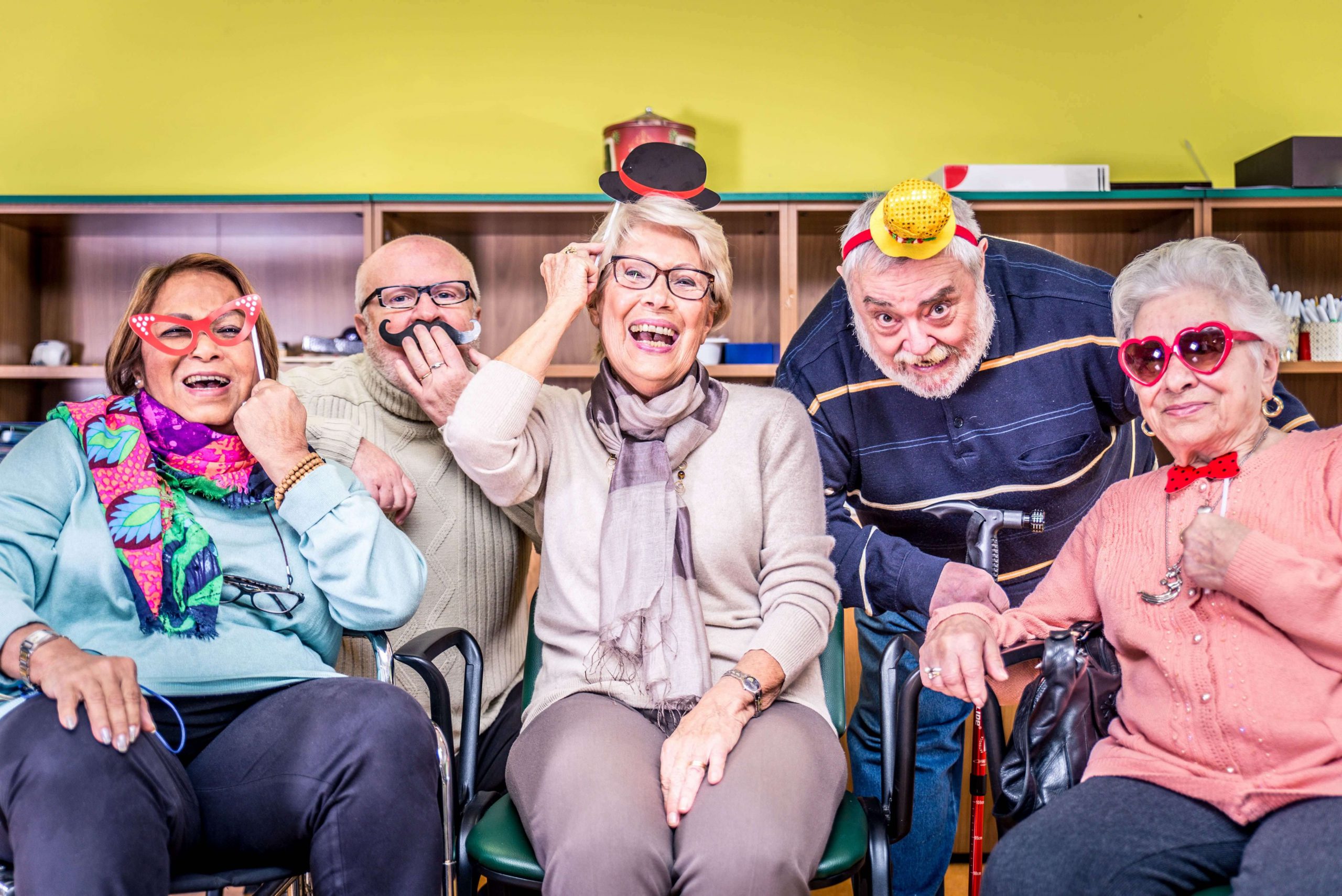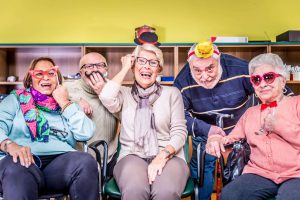Call Us : +1 (626) 798-0558

Highlighting Success Stories: Seniors Thriving In Assisted Living

Senior Rehab Facilities
Assisted living communities are often portrayed merely as places where seniors go when they can no longer live independently. However, the reality is far more inspiring. Across the country—and especially in compassionate, resident-centered communities like those in Pasadena—countless seniors are thriving, rediscovering passions, making new friendships, and enjoying a vibrant quality of life they may have thought was behind them.
This article sheds light on the often-overlooked success stories of seniors who have flourished in assisted living settings. Their experiences reveal just how transformative the right environment, support, and community can be.
The Transformative Power of Assisted Living
Assisted living facilities offer more than just assistance with daily tasks like bathing, dressing, and medication management. They create spaces that foster independence, growth, and fulfillment.
From social programs and recreational activities to health services and wellness programs, these communities aim to provide a balance of freedom and support. When seniors are free from the burdens of household chores, cooking, or worrying about transportation, they’re able to redirect their energy toward enjoying life.
Story #1: Rediscovering Creativity — Ellen, Age 82
After her husband passed away and with her children living out of state, Ellen moved into an assisted living facility in Pasadena. Initially, she struggled with loneliness and the fear of losing her independence.
However, with encouragement from staff and peers, she joined a weekly watercolor painting class. Ellen had dabbled in art decades earlier, but had since stopped. The class reignited her passion, and she now has a collection of over 30 paintings—some of which have been displayed in the facility’s common areas.
Ellen’s story is a testament to how engaging programs in assisted living can reignite dormant talents and bring joy to daily life.
Story #2: Regaining Mobility — James, Age 79
James had a fall in his home that left him with a fractured hip and a long recovery ahead. After surgery and a short stay in rehab, he transitioned to assisted living for continued care and support.
With on-site physical therapy and regular mobility-focused activities like chair yoga and daily walks, James was able to regain his strength and independence. Today, he participates in the community’s walking club and even volunteers to help lead warm-up stretches.
His success underscores the importance of having integrated health and wellness services in assisted living communities, where residents can recover and continue to grow.
Story #3: Finding New Friendships — Maria, Age 87
After living alone for many years, Maria decided to move into an assisted living community. What she didn’t expect was how quickly she would make close friendships. From morning coffee chats to group games and outings, Maria became an integral part of the community.
She now organizes a weekly domino tournament and hosts a Sunday tea hour for her neighbors. Her improved social life has had a positive effect on her mental and emotional health, helping to reduce anxiety and lift her spirits.
Maria’s journey illustrates how assisted living can ease social isolation and offer meaningful companionship in a supportive environment.
Story #4: Embracing a New Lifestyle — George and Lillian, Ages 90 and 88
Married for over 60 years, George and Lillian moved into an assisted living apartment when managing their two-story home became too difficult. They were concerned about losing their routine, but instead found a new rhythm that suited their evolving needs.
The couple participates in music therapy sessions, attends religious services on-site, and enjoys dining together in the facility’s restaurant-style dining room. With help from attentive staff and easy access to health care, they’ve maintained their autonomy while enjoying a worry-free lifestyle.
Their story highlights how assisted living doesn’t mean giving up independence—it can actually enhance it by removing unnecessary stressors.
Common Threads in These Stories
These success stories, though varied in detail, share common themes:
-
A supportive community: Residents thrive when they feel included and valued.
-
Access to wellness programs: On-site healthcare and rehabilitation services improve physical health outcomes.
-
Opportunities for engagement: Social, educational, and recreational activities add purpose to each day.
-
Resident-focused care: Personalized care plans ensure each person’s needs and preferences are respected.
Assisted living works best when the environment is not only safe and accommodating but also empowering.
How Families Can Support a Positive Transition
To help loved ones thrive in assisted living, families can:
-
Encourage participation in community activities and events
-
Visit regularly and stay engaged with staff about their loved one’s care plan
-
Help personalize living spaces with familiar items and décor
-
Be patient and supportive during the adjustment period
Understanding that assisted living can be the start of a fulfilling new chapter can help ease anxieties for both seniors and their families.
Conclusion: Assisted Living as a Pathway to Well-Being
The stories of Ellen, James, Maria, George, and Lillian demonstrate that assisted living isn’t an endpoint—it’s a new beginning. With the right blend of support, community, and care, seniors can thrive physically, emotionally, and socially.
Facilities in Pasadena and beyond are working every day to create environments that nurture these success stories. When seniors are surrounded by compassionate care, engaged communities, and opportunities for growth, their golden years can truly shine.
